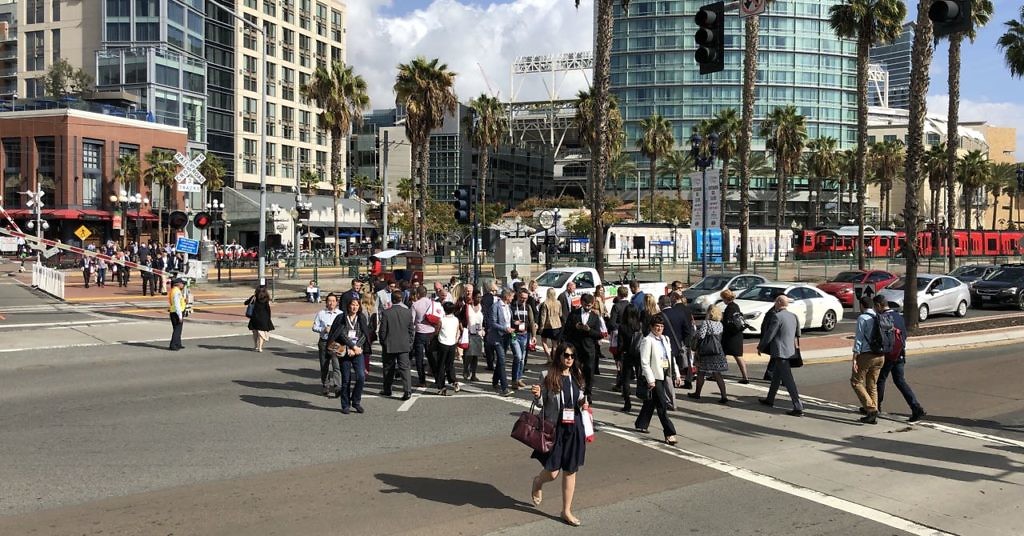Making a splash in the competitive CAR-T space
 Continuing our latest cell therapy mini-series, this time around we focus on a novel and creative approach to CAR-T cell therapy, which is quite different from what we have described before with other companies in this niche.
Continuing our latest cell therapy mini-series, this time around we focus on a novel and creative approach to CAR-T cell therapy, which is quite different from what we have described before with other companies in this niche.
One emerging trend is the development of bi- and even tri- specific approaches designed to target multiple aberrations in the cancer cells, but what’s the best way to achieve this? Suppose we ditch the core dogma and try another way of doing things?
The entirely new concept making the splash is also coming from an emerging young biotech company few readers will likely have heard of, yet what they are doing reminds me we can borrow from the past and paraphrase a watch ad from the 1980’s for elegant and simple timepieces – some day all CAR-Ts will be made this way.
The secret sauce this time around isn’t quartz, however, but something completely different…
To learn more from our oncology analysis and get a heads up on insights and commentary on an emerging novel and creative CAR T cell therapy approach, subscribers can log-in or you can click to gain access to BSB Premium Content.
This content is restricted to subscribers






